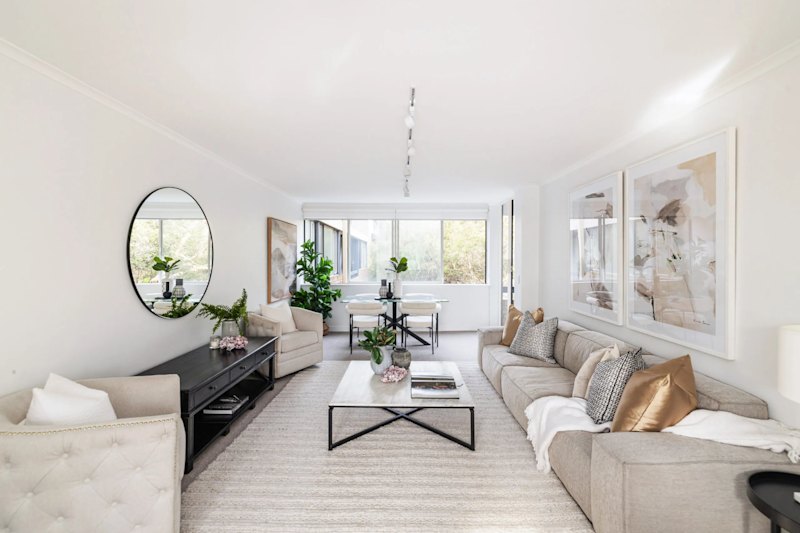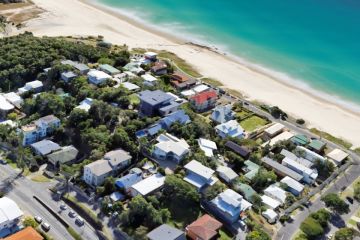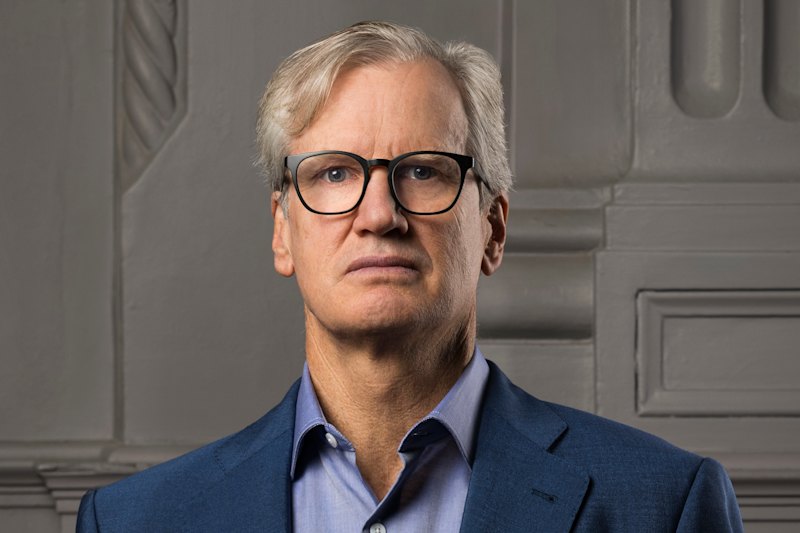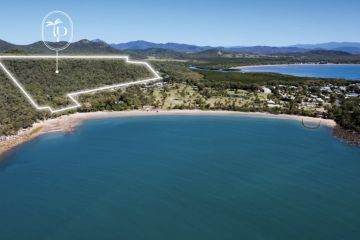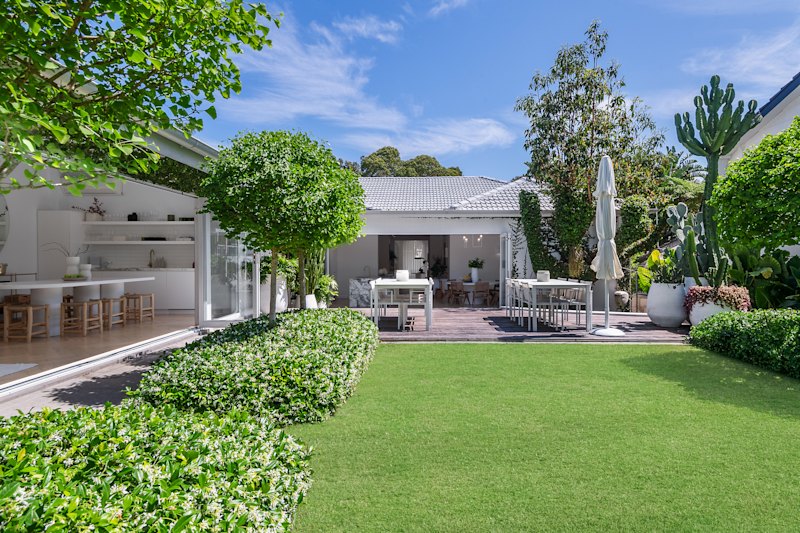'A city under siege': NGA director Gerard Vaughan calls for more heritage protection in Melbourne
Despite decades of destruction and many regrettable losses, Melbourne’s CBD still has some of the great Victorian buildings of the world, according to National Gallery of Australia director Gerard Vaughan.
The city’s churches, Parliament House, The Block Arcade, the “astonishing” Treasury and the gothic ANZ Bank in Collins Street, were among the noteworthy survivors, Dr Vaughan said during Wednesday night’s annual Heritage Address as part of the Open House Melbourne festival.
However, Dr Vaughan was disappointed that so much heritage had been lost.
“We had so many exceptions to the [heritage protection] rules that we have only two intact areas: the northern hill of Collins Street and the Parliament House precinct – a miraculous survival,” Dr Vaughan said.
Having witnessed the bulldozing of “a city under siege” since his teenage years, Dr Vaughan’s address was a very personal discourse on what might have been.
While Melbourne was still a city of “magnificent intentions; of spires and domes and stunning coffee palaces” in the 1950s, Dr Vaughan said the story of redevelopment since then had become a litany of “squandered opportunities”.
“Marvellous Melbourne was created by an overwhelming sense of civic pride,” he said. “Not by overseas developers who build the biggest, cheapest buildings they can then take the profit and go.”
 Cliveden Mansion, which Dr Vaughan considers worthy of Fifth Avenue. Photo: Archives
Cliveden Mansion, which Dr Vaughan considers worthy of Fifth Avenue. Photo: Archives
Dr Vaughan said the city’s greatest losses included the Federal Coffee Palace, which “would have been the best apartment building in the place”, and the extraordinary Cliveden, which he considered the grandest townhouse ever constructed in Australia.
Dr Vaughan said arts and heritage in Australia was “at the bottom of the pile of federally funded endowments”.
- Related: Fears 1856 East Melbourne mansion headed for demolition
- Related: Best landmark buildings in Melbourne’s skyline
- Related: Sorrento’s historic buildings in danger of disappearing
He hoped the new Victorian Heritage legislation that will come into force in November and the “astonishing” outcry over the demolition of the Corkman Irish Pub, might indicate a move to a more thoughtful balance between old and new.

A success story: The Catholic Diocese offices were built to be subservient to soaring St Patrick’s Cathedral. Photo: Pat
Scala
Dr Vaughan said new structures could become exciting, worthy additions to Melbourne. One of the earliest redevelopment success stories was the largely subterranean Catholic Archdioceses of Melbourne offices that replaced St Patrick’s College.
He believed the redeveloped Southern Cross station was one of the world’s greatest public transport interchanges. Federation Square and BHP House had also managed to outshine what they had replaced, he said.
Dr Vaughan proposed Australia could do as other countries have and develop a “serious” heritage endowment that could conceivably grow to billions.
“The preservation of heritage is always expensive,” he said. “But if a federally funded endowment could be established, imagine the great heritage projects that could be funded.”
States
Capital Cities
Capital Cities - Rentals
Popular Areas
Allhomes
More
